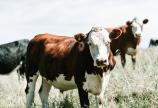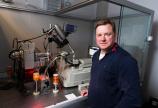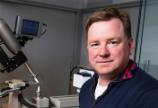Science-led solution to cattle greenhouse emissions
- Dorothy Eggenberger
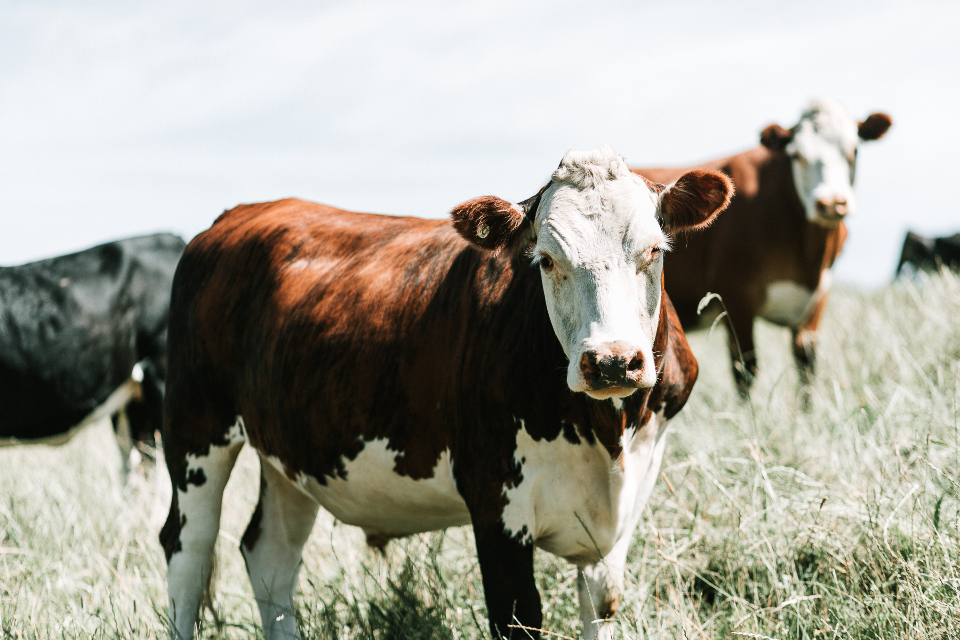
Eliminating beef from your diet isn’t the only way to combat greenhouse gas emissions from the cattle industry. New discoveries in gut microbiota—tiny microorganisms living in our digestive tracts—could lead to seaweed-based cattle feed that reduces methane emissions from cows.
University of Victoria biochemist Alisdair Boraston is leading a team of experts across Canada to research how the gut microbiota influences human health through its ability to digest dietary fibre. Their recent findings—published in Nature Chemical Biology—provides a framework for understanding the deconstruction of algal (seaweed) fibre and insight into the relationship of gut microbiota that target rare nutrients.
The human body is not able to absorb any nutritional value from most dietary fibre. Our gut microbiota metabolize it and then feed us back the nutrients. These microbiota have broad impacts on our health from colon functionality to controlling immune function and even behaviour through the gut-brain axis. The same is true for all vertebrates, like cattle or fish.
Research into gut microbiota is seeing unprecedented advancement. The mechanisms underlying the metabolism of dietary fibres had some unique mysteries that remained unexplored—until now.
“With our findings, we’ve expanded our knowledge of the gut microbiota’s metabolic diversity and how unique dietary components—sometimes referred to as ‘privileged nutrients’—may support the specific composition of the microbiota,” says Boraston.
Privileged nutrients support maintenance of only a few microbiota members, sometimes only one or two, making them ideal candidates for studying microbiota evolution and composition.
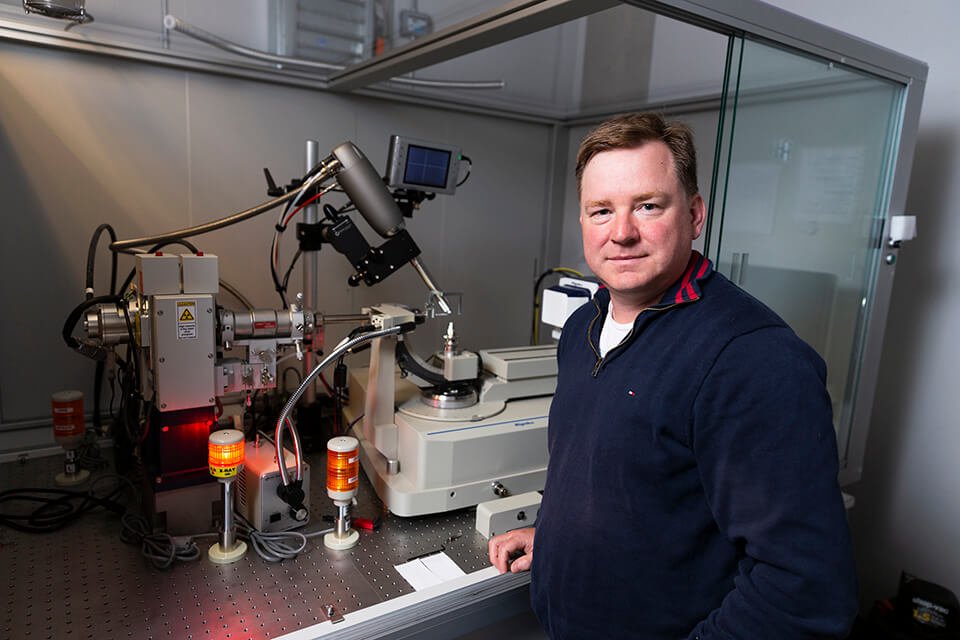
Boraston’s team examined how two members of the human microbiota—porphyranolytic Bacteroides plebeius and agarolytic Bacteroides uniformis—metabolize an algal fibre similar to a component of seaweed. The fibre, called native porphyran, is a hybrid of two types of complex carbohydrates called porphryan and agarose.
The team uncovered an enzymatic exo-cycle that breaks down the porphyran using a keystone sulfatase. This cycle works together with an enzyme machinery encoded by a set of physically linked genes that orchestrate the complete breakdown of native porphyran.
Although both microbes had the same capacity to metabolize native porphyran, nuanced differences in the metabolic machineries determined whether a bacterium responded to the porphyran or agarose portions of the fibre. Depending on the relative composition of different native porphyran types, one bacterium or the other thrived on the fibre or both could live in a competitive fashion.
By understanding and exploiting these unique metabolic capacities, we could engineer the microbiota for therapeutic efforts or utilize these unique fibre-rich materials in animal feed.
—UVic biochemist Alisdair Boraston
Co-author Wade Abbott, Research Scientist at Agriculture and Agri-Food Canada, is already building on this research in his work studying the microbiota of cows that graze on marine plants and algae as well as herds that are intentionally fed seaweed.
Science-led solutions like these will play a critical role in Canada’s emissions reduction efforts.
Photos
